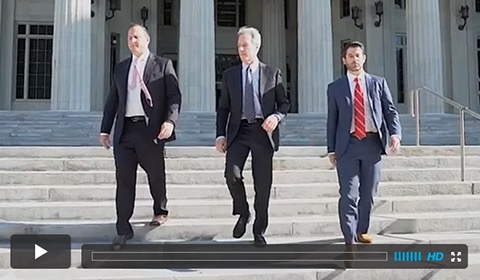Tire Blowouts vs. Tread Separations – Know the Difference (Part II)
The critical difference between a “Tire Blowout” and a “Tread Separation” is the cause of these two distinct types of tire failures. In Part I of this article we explained meaning of the different terminology and events associated with two different types of tire failures. We will now discuss the cause these two distinct phenomenons, and how this relates to Miami tire defect lawyers analyzing a case.
The causes of a tread separation are generally not related to low air pressure. Instead a process of separation begins in the tire, usually at the belt edges, where the two steel belts have been cut to conform to the shape of the tire. This process is the actual un-bonding of the tire as one component product. This breaking apart may be initiated by many factors including poor chemical compounds, inadequate adhesion, and a host of other manufacturing and design defects, which will then expand throughout the tire circumferentially until the tread and top steel belt are dislodged from the component parts of the tire below, and a dramatic detachment of the tread occurs.
Tread separations typically require highway speeds to generate the necessary centrifugal forces to cause the tread to unravel away from the other component parts of the tire. Highway speeds are not necessary to initiate a blowout.
When a tread separation occurs the peeling away of the tread may cause radial tears or splits which allow for the sudden and total loss of air and pressure from the tire. Consequently, a tread separation may lead to a blowout of air as a secondary event.
Tire blowouts occur independent of a tread separation, and in such cases the cause is entirely different than the factors which initiate a tread separation event. The most common cause of a blowout is low air pressure, which causes the tire to sag and allows for the buildup of heat within the tire. Ultimately, the sidewalls which are not reinforced by steel belts will burst and allow for the dramatic expulsion of air and pressure.
In part III we will discuss the consequences of tire blowouts vs. tread separation events.
As Miami personal injury lawyers we believe that understanding the mechanism of a product defect is critical to the proper presentation of a case. Product liability lawyers are expected to illustrate not only what happened, but why it happened, and why the product was defective.














